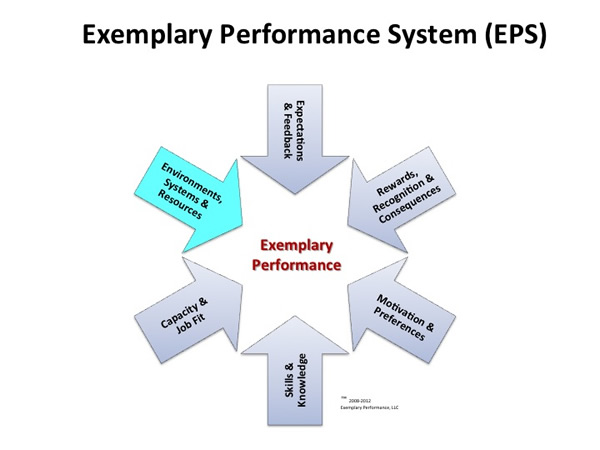ATD Blog
Creating Barrier-Free Work Systems
Tue Dec 03 2013

In the United States, the phrase “barrier-free” immediately calls to mind the Americans with Disabilities Act (ADA) of 1990, a wide-ranging civil rights law that prohibits discrimination based on disability. It includes guidance on making reasonable accommodations to the known physical or mental limitations of disabled employees by eliminating barriers that would hamper their ability to succeed at work. In fact, the ADA has been so successful that the wheelchair icon is nearly a universal symbol around the world, indicating unnecessary barriers have been removed.

Unfortunately, what we have found in our work with many Fortune 100 companies is that most organizations don’t put sufficient effort into eliminating unintended barriers to employee performance—disabled or not. These barriers include convoluted processes, poor ergonomics, misaligned rewards and incentives, and dozens of other unintended performance roadblocks that, when rolled up together, create a bottom line burden no organization can afford to shoulder.
As a leader, a primary accountability is to be an architect who integrates and aligns work systems in order to enable high performance. To state this in another way, your primary accomplishment is to produce a powerful team of high-performing direct reports operating in a barrier-free work environment. One of our goals at Exemplary Performance, LLC, is to help organizations tear down these unintended barriers and enable individual performers to achieve greater business results for their organization. That is what shifting the performance curve is about.

Unintended barriers
Unintended barriers typically fall into three categories. Let’s look at each one so you can intentionally eliminate them from your organization!
Work design. This includes organizational design, job design, and process design.
Organizational design: The organization is the sum total of both informal and formal arrangements that support the interaction of the people, processes and systems of the enterprise. Organizational design is intended to enhance the interface between humans and the work that the enterprise wants to accomplish.
Process design: A business process is a series of steps designed to produce a product or service. Most processes are cross-functional and include handoffs between various functions of the organization. Effective processes are absolutely essential to achieving higher levels of performance and shifting the performance curve.
Job design: To achieve optimal job design you need to take the same systems view we discussed at the organizational and process level. You cannot optimize the performance of people in a vacuum.
Physical conditions. Listing all possible options under this category is not possible. However, Chapter 12 in Exemplary Performance – Driving Business Results by Benchmarking Your Star Performers, provides a list of specific question for each of the following areas that will help you assess if there are unintentional barriers in your organization: resources, ergonomics, and safety.
Motivational conditions. The following questions will help you assess the current work environment to discover if motivational conditions are having unintended negative consequences.
Are the employees in your organization provided with clear criteria for judging their own performance?
Do employees understand the ‘worth of their work’?
Do employees receive timely feedback on their performance?
Is the workload manageable and are goals achievable?
Are high performers ‘punished’ by regularly being assigned additional work on top of their completed assignments?
These questions simply represent a range of potential issues that stand in the way of high performance. As you develop your own high performance systems, you’ll identify the specific issues and questions appropriate for your own organization and the industry in which it operates.
For more on how to shift the performance curve, check out Al’s previous blog article or browse the full series.
